SIAM Automotive Sourcing Conclave Looks At Supply Chain Resilience
- By MT Bureau
- November 29, 2023

Observing that the close collaboration between SIAM and ACMA with the Government of India is playing a crucial role in shaping policies, Hanif Qureshi, the Guest of Honour and Joint Secretary, Ministry of Heavy Industries, Government of India, set the context for the SIAM Automotive Sourcing Conclave held in Delhi on 22 November 2023.
The one-day event hosted by SIAM under the theme ‘Towards Building a Resilient Supply Chain’ addressed critical areas in the supply chain such as EV components, electronics and electricals, transmission systems and metals.
Informing that the essence of the policies in the automotive industry revolve around localisation which is at heart of the Government approach, Qureshi in his inaugural speech mentioned that there is a substantial potential for domestic value addition within the country.
Inaugurating a digital showcase of localisation opportunities for the vendors in Indian auto sector, the guest of honour Anant Swarup, Joint Secretary, Ministry of Heavy Industries and the Department of Commerce, Government of India, said, “There is a greater possibility for further increased localization in the Auto Industry and there is a potential to achieve this across OEMs."
Vinod Aggarwal, President of SIAM, and CEO and Managing Director, VE Commercial Vehicles Ltd, averred that the process of localisation is poised to substantially reduce costs, generate more employment opportunities and further enhance export.
In his welcome address, the Chairman of SIAM Aatmanirbhar Bharat Sourcing Group and Senior Executive Director at Maruti Suzuki India Ltd, Sunil Kakkar said that this is the best time to invest and scale up localisation for Indian automotive OEMs and auto components manufacturers.
Vikrampati Singhania, Vice President, ACMA, and Managing Director, J K Fenner India Ltd, spoke about the challenges and opportunities that lie in the automotive supply chain. He also spoke about the impact of IPEF on automotive supply chain. Sumanta Chaudhuri, Principal Advisor, International Trade Policy Division, CII, also delved on the impact of IPEF on automotive sourcing.
In the session themed ‘Trends in Automotive Transmission’, Sachin Kulkarni, Co-Chairman, SIAM Aatmanirbhar Bharat Sourcing Group and Senior Executive Director at Skoda Auto Volkswagen India Pvt. Ltd, drew attention to the growth opportunities in automotive engineering and technology areas such as automotive transmission.
In the session themed ‘Specialised Metals and Raw Materials for Auto Sector’, Badrish Sinha, Co-Chairman, SIAM Aatmanirbhar Bharat Sourcing Group, and Vice-President - Purchasing, VE Commercial Vehicles, spoke about sourcing automotive grade steel locally.
The Indian steel mills have the competency and efficiency to compete with global markets, he informed. “By working closely with the steel mills we (the auto industry) can reduce steel imports,” he suggested.
Esteemed panelists Sanjeev Maini, HOD, Metallurgical Engineering, Bureau of Indian Standards, Sanjay Agarwal, EVP and Business Head – Long Products, JSW Steels, Animesh Sinha, Chief of Marketing and Sales – Automotive, Tata Steel, R V Dalvi, Director -- Technical, Sunflag Iron and Steel Company Ltd, and Kedar Rele, Managing Director, Umicore India, presented their thoughts and ideas on the topic.
During the Session themed ‘Opportunities in EV Components, Electricals, and Electronics Supply Chain’, Veeraraghavan R, Co-Chairman, SIAM Aatmanirbhar Bharat Sourcing Group and Senior Vice President - Strategic Sourcing, Mahindra & Mahindra, said, “Considering the growing demand of electronics, this is a very critical area for us as an industry to localise.”
Harendra Saksena, Chief Purchasing Officer, Ather Energy Private Ltd., averred, "There is a huge market in the two-wheeler space in India. EV adoption of two-wheelers will go to 60 percent by 2030, which will create huge demand for electronics and electricals in the segment."
The session moderated by Rahul Kapur, Partner, Grant Thornton Bharat LLP, saw the participation of Prashanth Doreswamy, President and CEO, Continental India; Archit Agarwal, Corporate Head for Sourcing, Minda Corporation; Amardeep Punhani, Senior Director – R&D, Digital Design, NXP Corporation, and Prithvideep Singh, General Manager, CDIL Semiconductors. The panelists delved on the rising electronics content in automobiles and the associated challenges and opportunities such as local manufacture, cost, volumes, applicability and sustainability.
MapmyIndia And Zoho Announce Integration For CRM Users
- By MT Bureau
- November 26, 2025
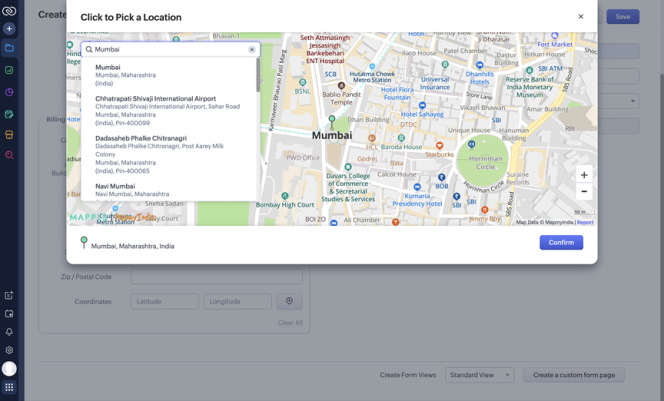
MapmyIndia Mappls, a digital mapping and geospatial technology company, and Zoho, a technology company, have announced a collaboration to integrate two MapmyIndia features directly within Zoho CRM. The features being integrated are Address Capture and Nearby Lead Finder.
The integration allows Zoho CRM users to: capture verified addresses, visualise customer locations, discover potential leads in nearby areas and optimise sales routes. These functions are powered by MapmyIndia’s mapping platform.
Rakesh Verma, Co-Founder, Managing Director & Group Chairman, MapmyIndia Mappls, said, “This partnership between MapmyIndia and Zoho is a true blue Swadeshi celebration – two Indian innovators and leaders in their respective fields - coming together to deliver cutting-edge, homegrown technology that is world-class. MapmyIndia Mappls Address Capture and Nearby Lead Finder capabilities will help Zoho CRM users across India to work smarter and sell better, while keeping all data and innovation safe within India. I am confident that this partnership will boost collaborations amongst Indian tech companies creating a sympathetic ecosystem towards the realisation of an Atmanirbhar, Viksit Bharat.”
Mani Vembu, CEO, Zoho, said, "At Zoho, we believe that true technological progress begins with self-reliance. Building deep-tech R&D from India has always been one of our foundational pursuits, driven by the immense talent and creativity that thrive in the country. Our partnership with MapmyIndia embodies this vision, uniting homegrown expertise in business software and digital mapping to deliver solutions that are powerful, privacy-focused and proudly indigenous. This integration empowers Indian businesses by combining business intelligence with spatial intelligence, giving field teams the location-aware insights they need to better serve their customers."
Toyota Kirloskar Motor Opens Experiential Museum In Bengaluru
- By MT Bureau
- November 24, 2025
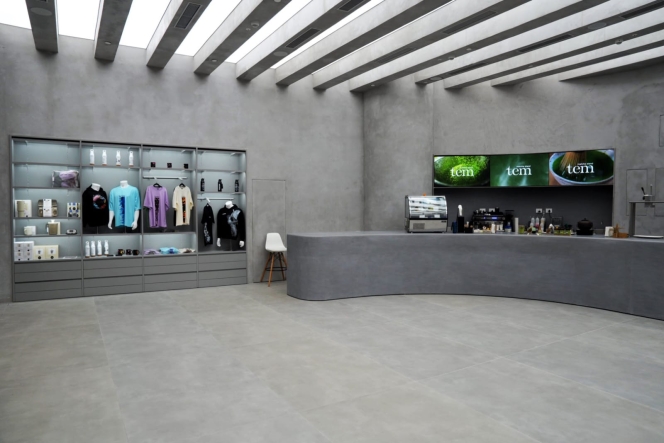
Toyota Kirloskar Motor (TKM) has unveiled the Toyota Experiential Museum (TEM) in Bengaluru, which it said is a new cultural and lifestyle hub for the company. The space combines Indian philosophy with Japanese culture and technology.
Located on the ground floor of the Phoenix Mall of Asia, TEM is spread across 8,200 sq ft and offers a five-senses experience, blending Japanese minimalism with Indian warmth through visuals, sounds, scents, textures and flavours.
Tadashi Asazuma, Deputy Managing Director, Toyota Kirloskar Motor, said, “At Toyota, our vision of creating ‘Happier Paths Together’ goes beyond mobility – it is about inspiring experiences that connect people, cultures, and emotions. With TEM, we hope to offer a truly unique experience that embodies this spirit.
In India, we found inspiration in the practice of Sadhana – the mindful pursuit of inner balance and fulfilment. TEM is where the Japanese culture and values of precision, serenity, and respect for nature beautifully align with the spirit of Sadhana, making TEM a meaningful blend of both. Designed to engage the senses and spark reflection, it brings together art, technology, and craftsmanship to inspire mindfulness, especially amongst the youth.”
The museum features minimalist interiors and distinct aesthetics designed to spark curiosity, inviting guests to explore at their own pace. The journey begins with a mirrored and rhythmic experience of the changing seasons common to Japan and India, unfolding through infinite projections of light, colour and motion. It then rises into a celebration of shared passion, featuring an audio-visual collaboration with DRUM TAO. A display includes a water curtain encircling a car draped in satin.
A design cafe offers a range of merchandise blending heritage with contemporary lifestyle, celebrating simplicity and craftsmanship.
The TEM cafe features a curated menu that blends the Japanese tradition of matcha with Indian flavours. Highlights include the India-inspired mango infusion.
- Maruti Suzuki India
- Maruti Suzuki Innovation Fund
- Ravity Software Solutions
- Sociograph Solutions
- Amlgo Labs
- Hisashi Takeuchi
- Vikas Rungta
Maruti Suzuki India Invests INR 20 Million In Ravity Software Solutions
- By MT Bureau
- November 21, 2025

Maruti Suzuki India (Maruti Suzuki) has announced an investment of nearly INR 20 million to pick up 7.84 percent stake in Bengaluru-based mobility insights start-up Ravity Software Solutions. The start-up claimed to be a global platform for AI-driven connected mobility intelligence, which transforms vehicle data into business value.
This marks the automaker’s third such move through ‘Maruti Suzuki Innovation Fund’, which makes strategic investments in innovative and high-potential start-ups that can support Maruti Suzuki India’s operations.
The company made its first investment of INR 20 million in Sociograph Solutions in June 2022, followed by the same amount in Amlgo Labs in March 2024.
Hisashi Takeuchi, Managing Director & CEO, Maruti Suzuki India, said, “Aligning to our core value of keeping customer at the core of our business, we are focused on enhancing vehicle ownership experience. In the age of open innovation, we strive to co-create business solutions with specialized entities operating in the particular field. Startups are ideal partners as they bring agility, fresh thinking, and cutting-edge solutions, to support our goal of ensuring customer delight. Our investment in Ravity Software Solutions will enable us to elevate customer experience through data-driven insights. We have been associating with startups since 2019 under our Maruti Suzuki Innovation programs. Through this initiative, we are investing in a culture of innovation, building strategic partnerships, and unlocking new opportunities, in line with Government’s ‘Startup India’ initiative to promote entrepreneurship in the country.”
Vikas Rungta, Founder, Ravity Software Solutions, said, “It is an honour to be associated with an industry leader like Maruti Suzuki, whose name is synonymous with bringing personal mobility to millions in India as well as across the globe. An automobile major like Maruti Suzuki partnering with a startup speaks volumes about its forward-thinking mindset, humility, and openness to learn and collaborate to explore new ideas. With our excellence and expertise in AI, analytics and mobility, we are committed to upholding the trust Maruti Suzuki has placed in us. We believe that the high complementarity of our strengths: Maruti Suzuki’s scale of business and our agility and entrepreneurship, will further enhance customer experience and delight.”
LG Display Wins Two CES 2026 Innovation Awards For Automotive Display Technology
- By MT Bureau
- November 21, 2025
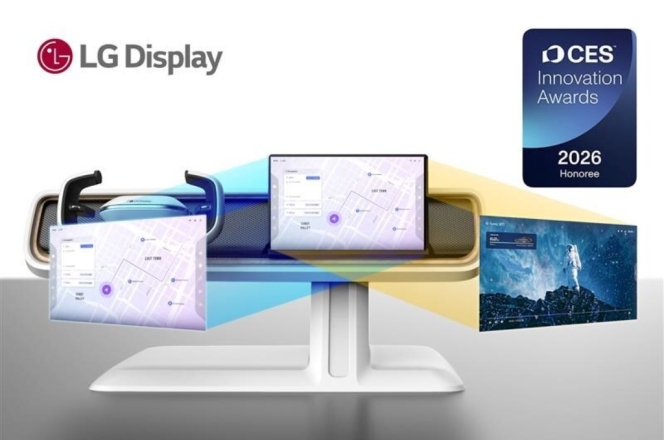
LG Display has secured two CES 2026 Innovation Awards from the Consumer Technology Association (CTA) for two automotive display innovations: Dual View OLED and Under Display Camera-infrared (UDC-IR) OLED.
Both products were honoured in the In-Vehicle Entertainment category for delivering space efficiency, superior picture quality and high standards of safety.
The Dual View OLED solution allows a single automotive display to show different content based on the viewing position. For example, the driver can view navigation while the front passenger streams content. Optimised pixel structure ensures the driver’s touch operation does not interfere with the passenger’s entertainment. The product utilises a Tandem OLED device structure for picture quality and operates reliably in environments ranging from -40deg C to 85deg C.
The UDC-IR OLED jointly developed with LG Innotek, is claimed to world’s first full-screen automotive display to conceal an in-screen driver-monitoring camera. LG Display developed advanced algorithms that make the camera hole invisible from the driver’s viewpoint. The camera integrates LG Innotek’s high-resolution IR camera and image-enhancement software to ensure accurate driver monitoring, which is becoming mandatory due to global safety regulations.
LG Display will showcase these solutions at a dedicated booth at CES 2026. The company has consistently won CES Innovation Awards, previously honoured for its Thin Actuator Sound Solution (CES 2023) and its 57-inch Pillar-to-Pillar LCD (CES 2024).


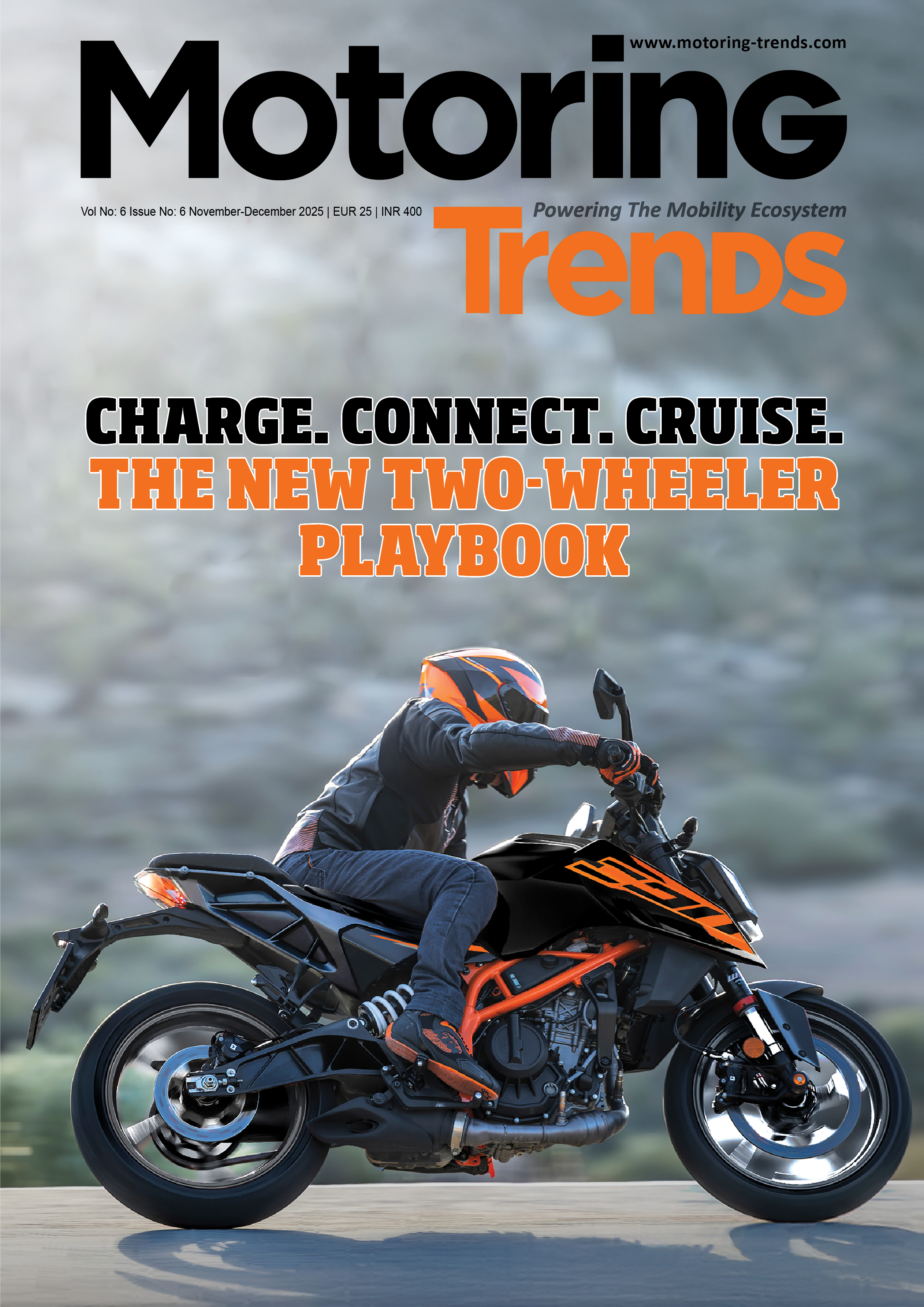

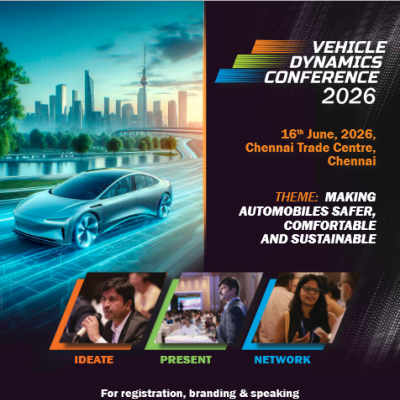
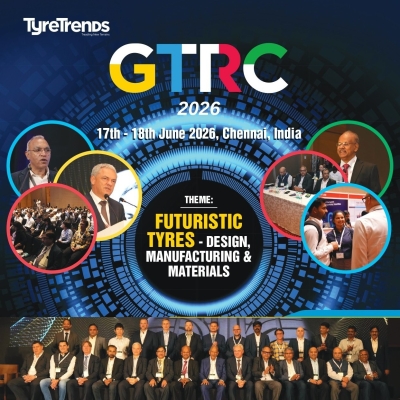
Comments (0)
ADD COMMENT